Maria Sklodowska-Curie: The Woman who redefined Science and Medicine
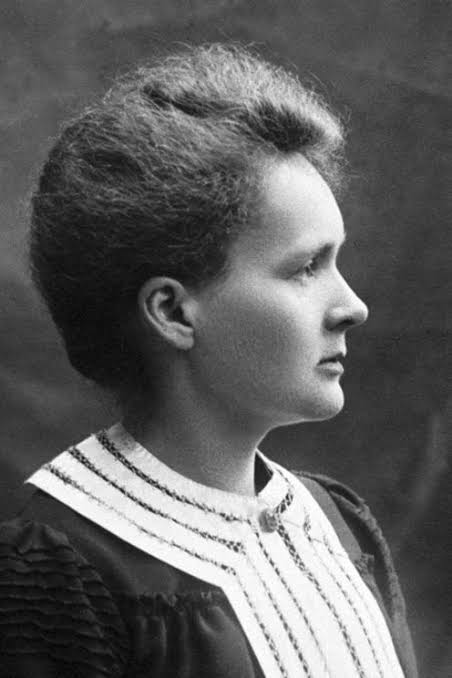
At a time when society placed limits on what women could dream or achieve, Marie Skłodowska Curie decided the kind of life she would live. Guided by an unyielding desire and a mind far ahead of her time, Marie Curie ventured into the uncharted world of physics and chemistry, driven not by fame but by an insatiable desire to break new ground.
From her early studies in Warsaw to her groundbreaking research in Paris, Maria led an exemplary life, a life that involved chasing knowledge with devotion that transcended obstacles and was second to none.
Her pioneering work on radioactivity did not only earn her two Nobel Prizes in separate fields, it also transformed the course of modern physics and medicine.
EARLY LIFE AND EDUCATION
Maria Sklodowska was born in Warsaw, Congress Poland, to well-known teachers on the 7th of November 1867. From a young age, Marie showed remarkable intelligence and at 15 she won a gold medal upon completing her secondary education at a Russian Lycée.
On both sides of the family, property or wealth had been lost due to bad investments and her relatives participation in the Polish uprisings, a movement that fought for the independence of Poland from the Russian Empire with the latest being the January Uprising of 1863-1865. The consequence of this was that Marie and her siblings grew up without the resources needed to go farther in life.
At that time in Poland, women weren't accepted into institutions of higher education and as a result of this she couldn't further her academic journey like she was supposed to. Maria, however, was overly determined to learn, grow and make new grounds in science. This led her to enrol in the flying university sometimes translated as the floating University, a Polish patriotic institution that accepted women. Their classes were held at different locations.
To go even further, Maria entered into an agreement with her sister, Bronislawa, that she would help her further her studies in France and in return, she would do same for her 2 years later. To earn money, Maria first worked as a tutor in Warsaw, before later becoming a governess for the Zorawski family, relatives of her father.
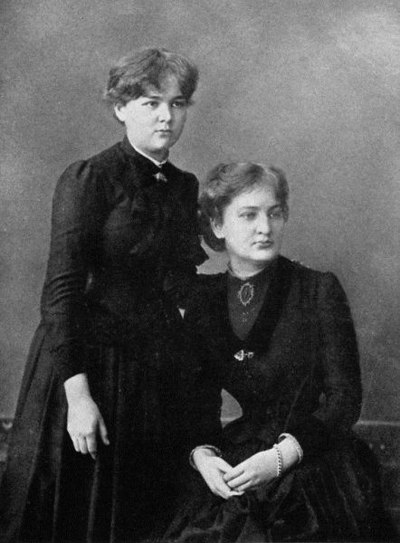
This was where she first found love, Maria while working for the Zorawskis fell for their son, Kazimierz — a future mathematician who was also in love with her. Sadly, this match was quickly rejected by his family on the grounds that she was "penniless" and Kazimierz couldn't protest this. This rejection broke both Maria and her beloved.
In the early 1890s, Bronislawa who was already married and living in Paris offered that Maria come join her in Paris but Maria declined saying she still didn't have enough to cover the tuition fee and it would take a year and half at least to get it. Maria continued working as a governess until late 1891 while studying at the flying university, preparing for her move to Paris.
THE MOVE TO PARIS
In 1891, at age 24 Maria moved to Paris to pursue higher education. The journey was long and difficult as she tried by all means to economise the cost of transportation. Maria stayed briefly with her sister, Bronislawa before moving to a small attic room near the university. She spent her days attending lectures in physics, chemistry, and mathematics at the Sorbonne, and her evenings tutoring to support herself.
In 1893, she earned her first degree in Physics, and started working in an industrial laboratory under the supervision of Gabriel Lippman. By 1894, she completed her second degree this time in mathematics, establishing herself as a brilliant and determined young scientist ready to make her mark.
Maria began her scientific career in Paris when she started the study of the magnetic properties of various steels, a project commissioned by the Society for the Encouragement of National Industry. It was in that same year she met Pierre Curie, a fellow scientist, who was introduced to her by an acquaintance because she needed a bigger laboratory. And although, Pierre's lab was small, it gave Maria the space she needed to continue her research.
Their shared passion for science brought them together and soon enough, they began to develop feelings for each other. Pierre proposed marriage, but Maria declined, stating she still had hopes of going back home to Poland. Pierre made it known to her that he was willing to move to Poland with her even if it meant being reduced to working as a French teacher.
Eventually, Maria would leave Paris for Warsaw during the 1894 summer with hope to find employment in her home town. But she was unfortunately rejected by Kraków University because of sexism in academia. Encouraged by Pierre via letters, she returned to Paris to pursue a PhD.
On the 26th of July, 1895, Pierre Curie and Maria Sklodowska came together in marriage and by 1897, their first daughter Irene was born and then in 1904, another daughter named Eve.
GROUND BREAKING RESEARCH AND ACHIEVEMENTS
Pierre and Marie's marriage in 1895 marked the beginning of one of the most remarkable scientific partnerships in history. Their collaboration led to the discovery of polonium in 1898, which Marie named in honour of her homeland, Poland, and later that same year, they discovered radium. Their discoveries, inspired by Henri Becquerel’s work on natural radioactivity, opened new paths in physics and medicine.
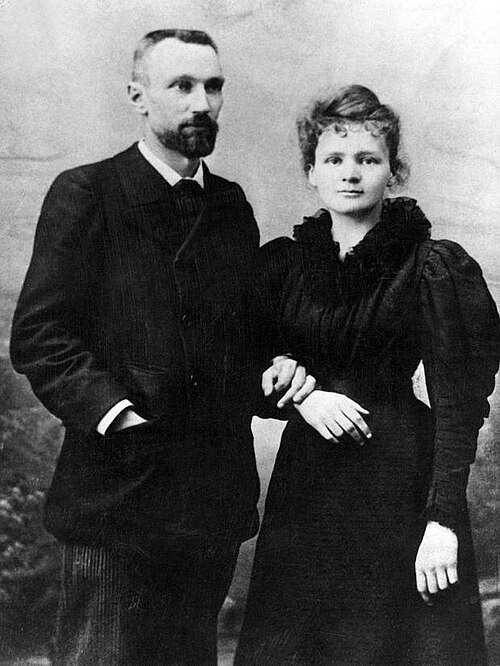
In 1903, Marie Curie, Pierre Curie, and Henri Becquerel were jointly awarded the Nobel Prize in Physics for their work on radioactivity — a term she coined herself, making her the first woman to receive a Nobel Prize.
After Pierre’s sudden death in 1906, she continued her studies independently, becoming the first female professor at the University of Paris.
In 1910, her determination and brilliance led her to isolate pure radium, an achievement that earned her the 1911 Nobel Prize in Chemistry, making her the only person to ever win Nobel Prizes in two different scientific fields.
LATER ACHIEVEMENTS
During the first World War, Marie Curie turned her scientific knowledge toward humanitarian service. She helped develop mobile X-ray units, known as “Little Curies,” to treat wounded soldiers on the front lines.
After the war, she continued her research into the medical uses of radiation and oversaw the completion of the Radium Institute in Paris, which became a world-renowned center for nuclear research. She also established a similar institute in Warsaw, promoting scientific study in her home country.
LEGACY
Maria Curie died in 1934 from aplastic anemia, caused by prolonged exposure to radiation. Despite it all ending at 66, Maria lived a fulfilling life and in 1995, her ashes were placed in the Panthéon in Paris, making her the first woman to receive that honour for her own achievements.
Marie Curie's legacy continues to shape science and medicine today. Aside from her impact in the world of science and medicine, Maria Curie's life will always be a symbol of perseverance and resilience, the life she dared to live will always be a reminder that determination can overcome poverty and gender barriers — and this, perhaps, is the truest form of feminism.
Recommended Articles
There are no posts under this category.You may also like...
Super Eagles' Shocking Defeat: Egypt Sinks Nigeria 2-1 in AFCON 2025 Warm-Up

Nigeria's Super Eagles suffered a 2-1 defeat to Egypt in their only preparatory friendly for the 2025 Africa Cup of Nati...
Knicks Reign Supreme! New York Defeats Spurs to Claim Coveted 2025 NBA Cup

The New York Knicks secured the 2025 Emirates NBA Cup title with a 124-113 comeback victory over the San Antonio Spurs i...
Warner Bros. Discovery's Acquisition Saga: Paramount Deal Hits Rocky Shores Amid Rival Bids!
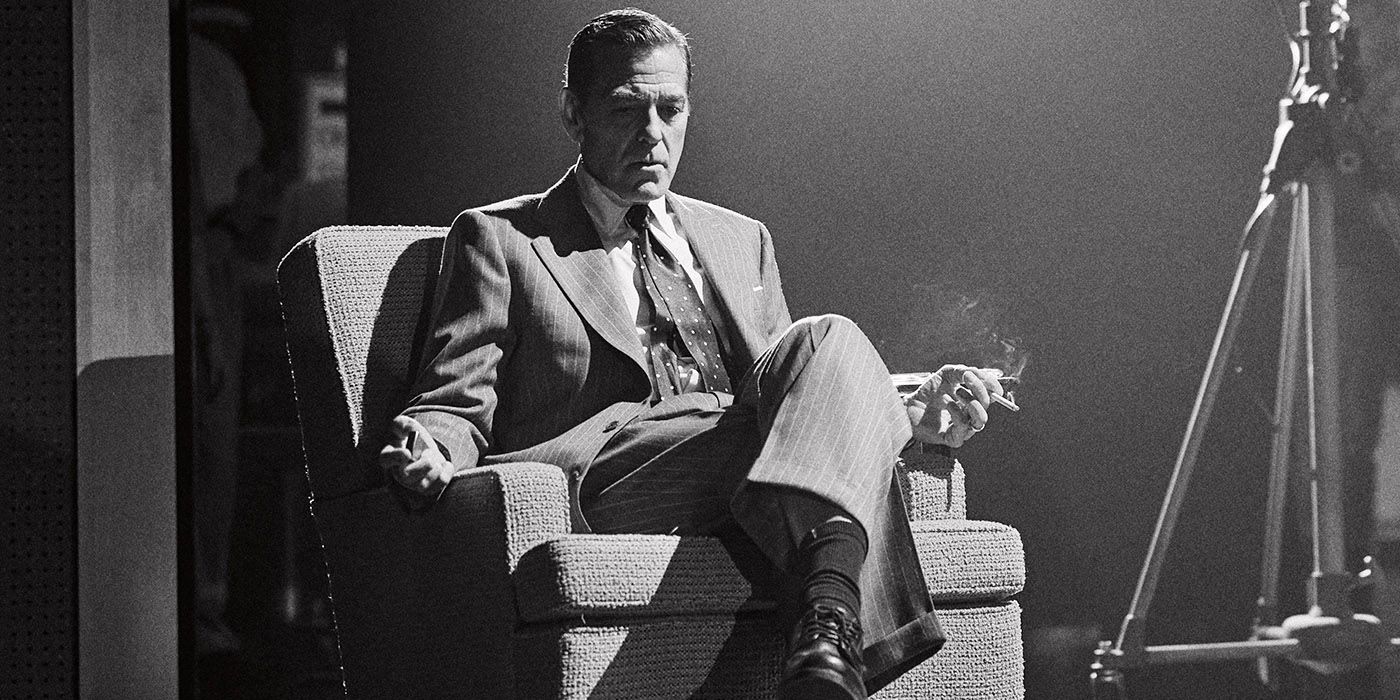
Hollywood's intense studio battle for Warner Bros. Discovery concluded as the WBD board formally rejected Paramount Skyd...
Music World Mourns: Beloved DJ Warras Brutally Murdered in Johannesburg

DJ Warras, also known as Warrick Stock, was fatally shot in Johannesburg's CBD, adding to a concerning string of murders...
Palm Royale Showrunner Dishes on 'Much Darker' Season 2 Death
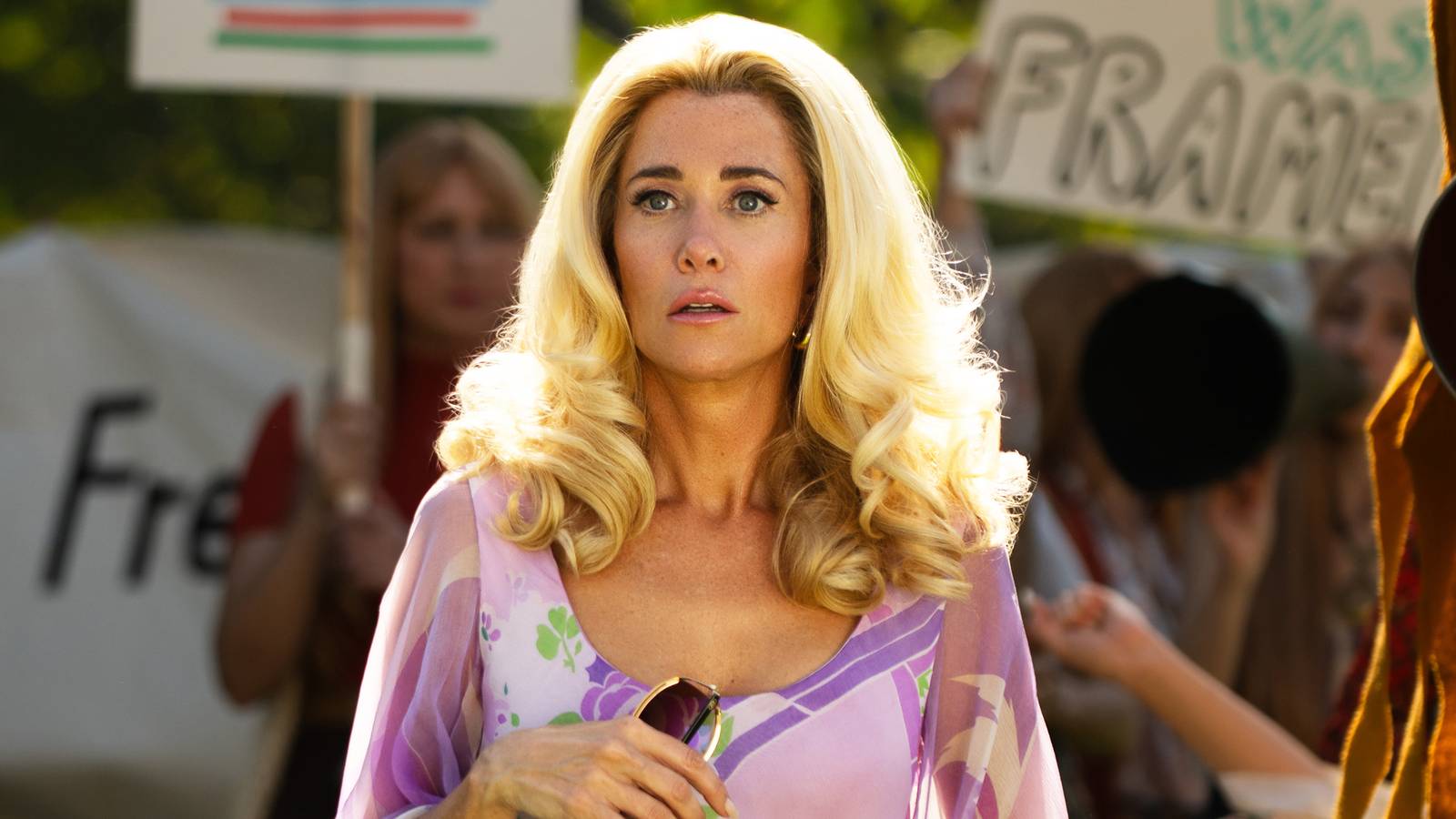
"Palm Royale" Season 2, Episode 6, introduces a shocking twin twist, with Kristen Wiig playing both Maxine and her long-...
World Cup Fiasco: DR Congo Faces Eligibility Probe, Sparks 'Back Door' Accusations from Nigeria

The NFF has petitioned FIFA over DR Congo's alleged use of ineligible players in the 2026 World Cup playoffs, potentiall...
Trump's Travel Ban Fallout: African Nations Hit Hard by US Restrictions

The Trump administration has significantly expanded its travel restrictions, imposing new partial bans on countries like...
Shocking Oversight: Super-Fit Runner Dies After Heart Attack Symptoms Dismissed as Heartburn

The family of Kristian Hudson, a 'super-fit' 42-year-old marathon runner, is seeking accountability from NHS staff after...
